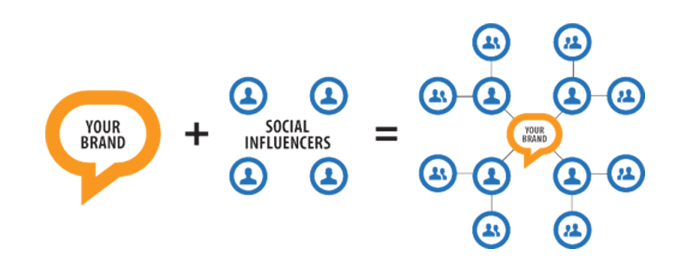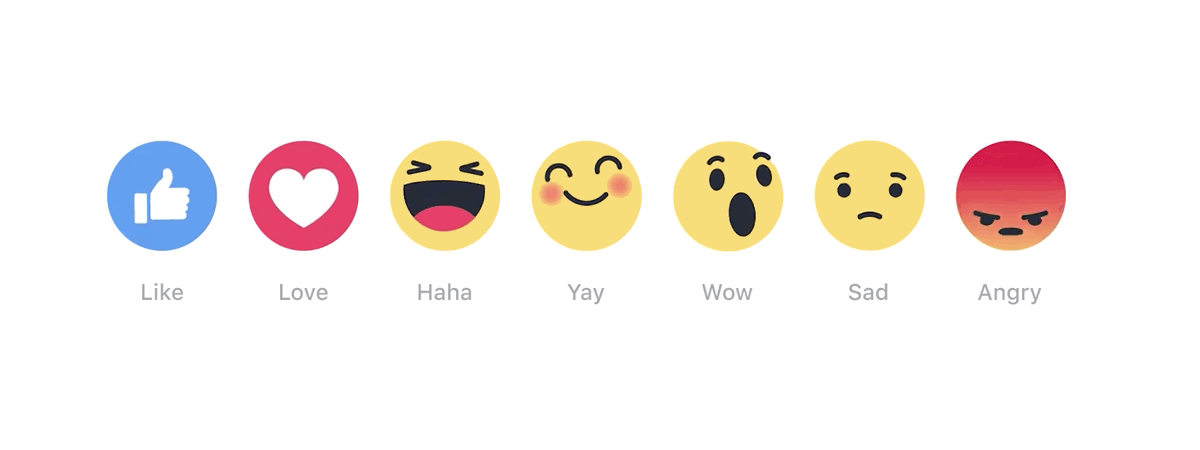As social media has grown to become part of everyday life for most people, businesses have recognized its potential for marketing. The problem is that it is now too big. How do you make your brand stand out from the millions of other posts, statuses, pictures, videos and other types of social media content? How can you use social media practically to market your goods and services, and how do you know whether your target audience is hearing your messages?
The solution to the problem of being seen online is to engage in what is now called Influencer Marketing.
What Are Your Goals?
If you have no goal for your influencer marketing, you are truly engaging in “hope”-marketing.
Just to make it more clear, here are some of the key goals you might have:
- Are you trying to increase sales of a particular product or service?
(ex: raise monthly sales by 5000$)
- Do you want to increase signups to your email list?
(ex: grow your email list by 50 new email/month)
- Are you trying to sell subscriptions?
(ex: have 25 new premium subscribers)
- Are you actively trying to establish partner relationships?
(ex: 100 new followers/week)
- Are you simply wanting your brand to be more visible?
(ex: 150% engagement growth on Twitter/Instagram/Facebook)
The ROI for each of these campaigns will be different. The units used for the return will even differ. In some cases, you will want a return expressed in monetary value, in others, it may be expressed in followers, sign-ups, subscriptions, audience reach, or numerous other ways.
Investment in Influencer Marketing Campaign
To calculate any return on investment you first need to define what your investment is.
Influencer marketing has less defined campaigns than traditional marketing, or even other types of online marketing, such as email or Pay Per Click marketing.
As investments that your influencer marketing campaign, you can include any labor costs for the time you (or a employee) researches influencers, sets up the campaign, creates any content that you want to be shared, or participates on social media interacting with influencers.
You can also add the costs of any free product samples you may send to influencers and any demos you set up. Depending on the type of content you wish to share you may have some content creation costs, for instance, the cost of filming and editing a YouTube video.
Overall these costs are likely to be less than most other types of marketing because you are not paying for the placement of your marketing.

Areas of Measurement
The areas of measurement will be very dependent on your goals, there is no point trying to calculate all the statistics. Many will be irrelevant to your particular influencer marketing campaign.

1. Audience Reach
Audience reach will be important if your target is to position your content in front of as many people as possible. Audience reach has been a traditional measure for many other types of marketing.
In this situation, you will be looking to work with influencers with huge followings.
The idea behind using Audience Reach as a metric is that the more people who see content promoting your brand, the more people are likely to interact with it (ex: buy your products or sign up for your newsletter).
In this situation, it is not easy to measure the return on investment, the best you could calculate would be the total number of followers of the particular influencers who share your content per dollar spent on the campaign. However as there is no exact connection between followers and impressions of people who actually see your content, it is not a particularly meaningful statistic.

2. Impressions
Impressions are the number of times people view an influencer’s post, making it a better measure of visibility for social media statuses or posts, than Audience Reach. The reality is that only a small proportion (10-20%) of your followers on most social media channels get to see your posts. This has become even more evident in the past years as platforms like Facebook and Instagram have changed their timeline algorithms.
Impressions is an important statistic to calculate as it gives you information about the true reach of an influencer. It tells you how many people genuinely see the post, not just how many could potentially see it.
The number of impressions generated by a post is a valuable statistic when you are comparing the reach of multiple influencers.
Of course, not all impressions are of equal value. You will gain higher value from an impression on some social media channels than others, depending on where your target market spend their time.

3. Engagement (Comments, Likes, Shares)
It is all very well having people look at your marketing, however it is another thing completely for them to take notice of it. Some social media participants have a huge audience of followers, leading to a large number of impressions. However, it is doubtful if you can consider these people influencers if their followers do not interact with them in any way.
Traditionally engagement was measured simply in terms of Likes, however, this is a very broad measurement. People regularly like a post without taking all that much notice of it; sometimes they like it without even reading it.
Nowadays there is a wider look at the total engagement of social media followers. You look at a mix of shares, comments, and likes, weighted in that order.
If you are trying to determine your influencer marketing ROI, it is common to look at your total engagement. Somebody who regularly engages with their followers will be far more influential to your brand, than somebody who simply broadcasts, even if the broadcaster has a huge following.

4. Emotions
One way you can use both engagement and impressions statistics is to look at your audience’s emotions behind particular posts.
Which posts attract the greatest attention? What topics do people like the most, comment on the most, and ultimately share the most.
While you can not easily determine a numerical ROI simply on emotions, it helps you in deciding upon the best types of content to use with influencers, if you want to end up with the best outcome.

5. High-Quality Content
There is an already overused saying, “Content is King”. However, this stands to be very true. The internet is filled with content, if you want people to take notice of what you share, you need to create exceptional high-quality content.
Whether you share in-house content with your influencers, or whether they create original material about your brand, you need to ensure that it always gives value to your clients and potential clients.
If you produce high-quality content, you have options for stretching it across different platforms. You can promote a quality blog piece on Facebook, Twitter, Medium and LinkedIn. Create a video for those who prefer not to read and place it on YouTube, Instagram and Facebook.
You can share pictures from it on Pinterest or Instagram. By converting it to slides and then placing them on Slideshare.

6. Conversion
A conversion is when you manage to get somebody to respond to a Call to Action. People think of conversions as being increased sales, but in reality, there are many more types of conversion.
Your conversions relate to the goal you set at the start of the influencer marketing process.
There are quite a few possible different types of conversion which you could use to measure your Influencer Marketing ROI, depending on your marketing goals:
- Growth in Followers
- Brand Mentions
- Traffic to Landing Page / Website
- Form Completions
- Growth in Users of Product / Service
- Newsletter / Subscription
- Increased sales
Conclusion
Once you have determined your goals, you should then be able to see if your marketing approach is the best for you and your brand.
Be prepared to experiment. If one campaign fails to inspire interest, try a different campaign, with a different influencer.
Be willing to adapt, social media is a fast moving phenomenon, and you need to be ready to move with it.
If you require any assistance with your own marketing and/or influencer marketing campaigns strategy give us a shout at hello@subsign.co


